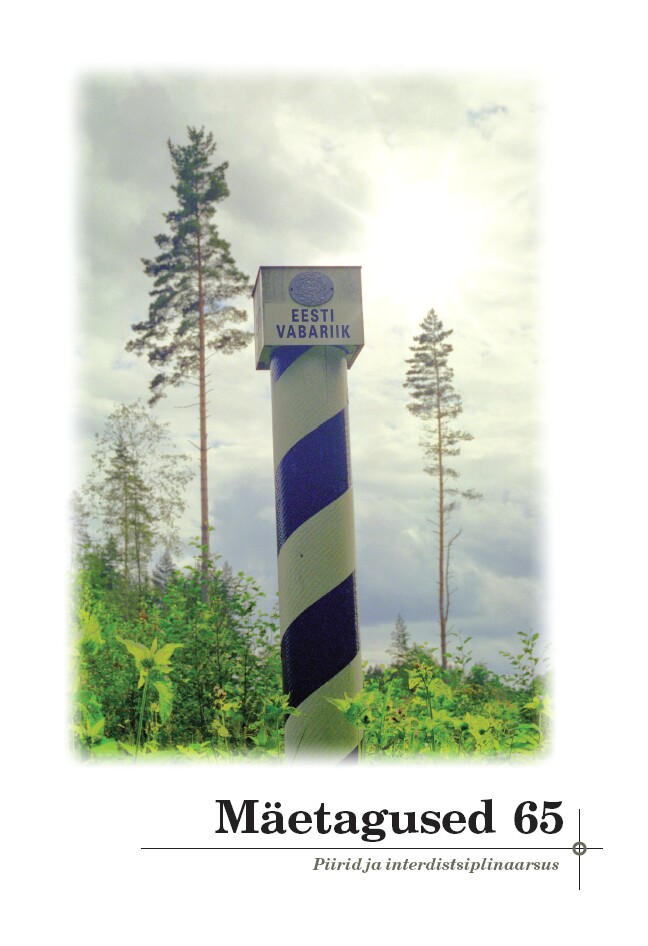Mitra kuju Indias ja Mithra kuju Iraani usundites – uurimus võrdlevast mütoloogiast
Mitra in India and Mithra in Iranian religions: A study on comparative mythology
Author(s): Jaan Lahe, Martti KaldaSubject(s): Customs / Folklore, Middle-East Philosophy, Cultural Anthropology / Ethnology, Culture and social structure
Published by: Eesti Kirjandusmuuseum
Keywords: Avesta; India; Iran; Mithra; Mitra; mythology; Sanskrit; Vedic literature;
Summary/Abstract: This article is a systematic approach to the character of deity, who bears the name Mitra in India, but in Iran is called Mithra (later Mihr). The study aims to give answers to three questions: 1) What are the similarities between the Indian Mitra and the Iranian Mithra, if we leave aside the name of the deity? 2) What are the differences between these two deities? 3) What are the changes that the depiction of Mitra/Mithra has gone through in Indian and Iranian mythologies? To answer these questions, the article first gives an overview of Mitra in India, then of Mithra in Iran, and finally compares the two. Both approaches start with a comprehensive overview of sources. In India the main source for the study of Mitra is Vedic literature (ca 1500/1200–600/500 BC), namely the Rigveda, Atharvaveda, Yajurveda, and Śatapatha Brāhmaṇa. These sources are consistent, describing Mitra as a deity connected with the Sun, the incarnation of divine order, harmony, and friendship among mankind. Some light is thrown also on Mitra in post-Vedic literature, mainly in epic literature (ca 300/200 BC–200/300 AD). In Iran, the sources are even more varied. They start with Iranian scripture Avesta (ca 1000–300 BC) and epigraphic sources from Achaemenian dynasty (6th–4th century BC), and continue with written sources from Greek and Roman writers (6th century BC to 3rd century AD), epigraphic material, and data from coins from Kushan (1st –3rd centuries AD) and Sassanid periods (3rd–7th centuries AD), not to forget Pahlavi writings from medieval Persia (7th–10th centuries AD). According to the sources, Iranian Mithra is a divine warrior, ruler of the worlds, judge of the dead, and protector against demons. He is still connected with the Sun, and helps the mankind, but more aggressively than Indian Mitra, who has ceded all his warlike attributes to his dual companion Varuṇa. The article concludes that the cult of Mithra that was so influential in the Mediterranean region has probably borrowed more from Iran than India.
Journal: Mäetagused. Hüperajakiri
- Issue Year: 2016
- Issue No: 65
- Page Range: 117-160
- Page Count: 44
- Language: Estonian

